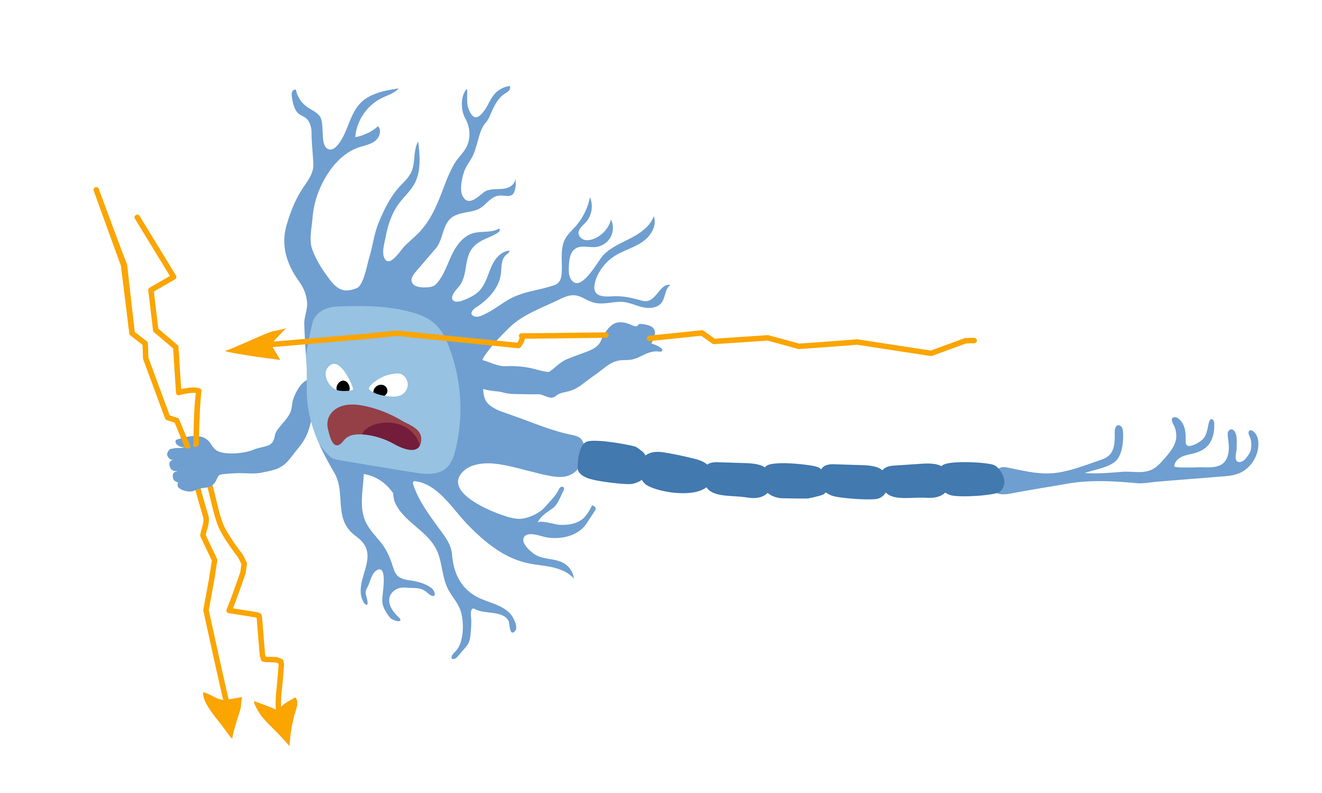Laurie's Blogs.
Aug 2023
Overcoming Muscle Inhibition

Introduction
In the realm of rehabilitation, muscle inhibition stands as a formidable barrier to recovery following injury. As health professionals, understanding the intricacies of muscle inhibition and how physical therapy can effectively counteract its effects is crucial. This article delves into the mechanisms of muscle inhibition, exploring evidence-based strategies within the realm of physical therapy and rehabilitation to expedite recovery and restore optimal movement.
Understanding Muscle Inhibition
Muscle inhibition, often referred to as "muscle guarding" or "neuromuscular inhibition," is the body's protective response to injury. It involves a cascade of neurological and physiological events that restrict muscular activity around the injured area. This phenomenon, while essential for preventing further damage, can lead to muscular atrophy, joint stiffness, and altered movement patterns if left unaddressed.
Mechanisms of Muscle Inhibition
Pain Reflexes: Acute pain triggers a reflexive response in the body, inhibiting nearby muscles to minimize movement around the injured area. This reflex is mediated by the nervous system's protective mechanisms to prevent exacerbation of the injury.
Neuromuscular Imbalance: Injuries often disrupt the communication between muscles and the central nervous system, leading to a breakdown in the firing patterns of motor neurons. This results in reduced muscle activation and impaired coordination.
Swelling and Inflammation: Swelling and inflammation after injury can interfere with the normal transmission of nerve signals to muscles, causing inhibition.
Strategies to Counteract Muscle Inhibition
Early Intervention: Initiating physical therapy as soon as possible after injury can prevent the onset of muscle inhibition. Gentle movement and exercises designed to target the affected muscles without causing additional harm help maintain their function.
Pain Management: Addressing pain through modalities such as ice, heat, electrical stimulation (NMES or TENS), or manual therapy can mitigate the reflexive inhibition caused by pain. These strategies can be used prior to engaging in therapeutic exercise as a way to mitigate pain-related muscle inhibition. Additionally, in the acute phase, the health practitioner should inquire about the prescription pharmaceuticals and whether or not the owner is giving the medications and that the medications prescribed are adequate. I once had a dog that was prescribed only Tramadol after his TPLO surgery. He did not begin to recover well until a more appropriate selection of pain management was onboard!
Neuromuscular Re-Education: Specific exercises that focus on re-establishing proper communication between the muscles and the nervous system are essential. Techniques like proprioceptive neuromuscular facilitation (PNF) and neuromuscular electrical stimulation (NMES) can be beneficial in restoring motor neuron firing patterns.
Gradual Progression: Gradually increasing the intensity and complexity of exercises helps the muscles adapt without triggering excessive inhibition. A well-structured program that acknowledges periodization and a linear approach to progression prevents the body from entering a heightened protective state. When designing the program, it is important to have an understanding of how training variables can manipulate training outcome. This entails understanding how changes in load/ intensity, volume and set configurations can influence strength adaptations (and their associated mechanism) after an injury, placed alongside the functional recovery process. (PS Check out the FourLeg Training Video 229 – A Paradigm for Exercise Prescription).
Biofeedback Training: Utilizing biofeedback devices, patients can visualize their muscle activation and learn to consciously control their muscles, aiding in the restoration of normal neuromuscular patterns. BUT, how the heck do we do this with an animal patient… stay tuned, maybe we can put out some ideas in a later post!
Conclusion
As health professionals, we hold the key to unlocking movement potential for our patients. Recognizing the mechanisms behind muscle inhibition and employing evidence-based strategies from the realm of physical therapy and rehabilitation can be transformative. Early intervention, pain management, neuromuscular re-education, controlled progression, and biofeedback training all play pivotal roles in mitigating muscle inhibition, fostering quicker recovery, and restoring optimal movement patterns.
Remember, each injury and patient is unique, so tailoring these strategies to individual needs is crucial for achieving the best outcomes. By staying informed and implementing these techniques, we empower ourselves to make a lasting impact on our patients' road to recovery.
References:
1. Hertling D, Kessler RM. Management of Common Musculoskeletal Disorders: Physical Therapy Principles and Methods. Lippincott Williams & Wilkins; 2006.
2. Kisner C, Colby LA. Therapeutic Exercise: Foundations and Techniques. F.A. Davis Company; 2017.
3. Frank C, Kobesova A, Kolar P. Dynamic Neuromuscular Stabilization & Sports Rehabilitation. International Journal of Sports Physical Therapy. 2013;8(1):62-73.
4. Schabrun SM, Hodges PW. Muscle Pain Differentially Modulates Short‐Interval Intracortical Inhibition and Intracortical Facilitation in Primary Motor Cortex. The Journal of Pain. 2012;13(3):187-194.
5. Kim K-M, Croy T, Hertel J, Saliba SA. Effects of Neuromuscular Electrical Stimulation After Anterior Cruciate Ligament Reconstruction on Quadriceps Strength, Function, and Patient-Oriented Outcomes: A Systematic Review. Journal of Orthopaedic & Sports Physical Therapy. 2010;40(7):383-391.
6. Buckthorpe M, La Rosa G, Villa FD. RESTORING KNEE EXTENSOR STRENGTH AFTER ANTERIOR CRUCIATE LIGAMENT RECONSTRUCTION: A CLINICAL COMMENTARY. Int J Sports Phys Ther. 2019 Feb;14(1):159-172.


